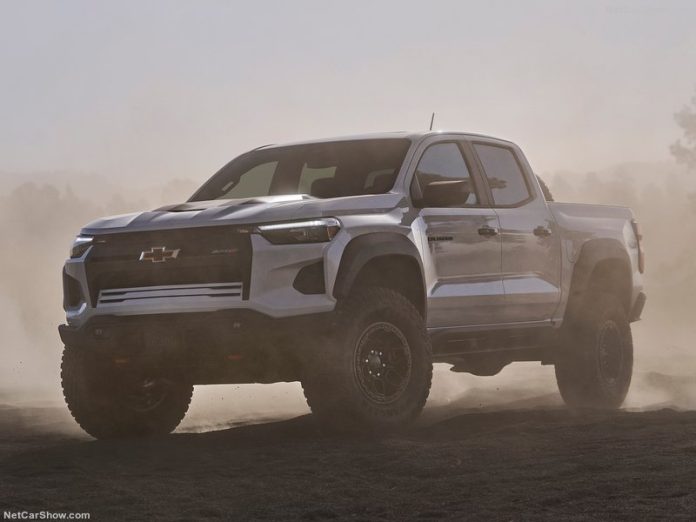Kazakhstan vehicles market in September 2023 rises for the 11th consecutive month, with new vehicle registrations at 16,965 (+44.7%). YTD figures at 134,102 are up 56.2% from the previous year. Chery in 4th rising 244.5%.
Market Trend and Outlook
Kazakhstan’s vehicle market in September 2023 rises for the 11th consecutive month, with new vehicle registrations at 16,965 (+44.7%). YTD figures at 134,102 are up 56.2% from the previous year.
Looking at cumulative data up to September 2023 brand-wise, Hyundai becomes the new segment leader with 35,273 sales (+68.4%), followed by Chevrolet in second with 31,947 (+30.5%) and Kia in 3rd with 18,583 (+91.0%).
Chery rises 4 spot into 4th position with 8,446 sales (+244.5%), in front of Toyota with 6,931 (-3.9%), Haval at 5,332 (+662.8%) and JAC with 5,303 cumulative registrations (+109.7%).
Changan jumps 36 spots into 8th with 4,477 sales, followed by Lexus -down 1 spot- with 2,818 (+43.8%) and Gaz -down 1 spot- closing the Top 10 at 2,455 registrations (+73.9%).
Looking at specific models the best selling car is the Chevrolet Cobalt which rose 35.1% this year, in front of the Hyundai Tucson in 2nd with a 92.5% year-on-year increase in sales.
Medium-Term Market Trend
Kazakhstan’s vehicle market increased substantially from 2010 to 2014, reporting triple digit growths in 2011 and 2012, with sales in 2014 ending at the current all-time high of 150,330. Subsequently in 2015 demand for light commercial vehicles fell 39.4%, reaching 44,388 by the end of 2016 (-51.3%). In 2017 the market rebounded, with sales growing back up to 71,994 by the end of 2019.
The arrival of the pandemic in 2020 didn’t halt the momentum gained in the previous years, with sales amounting to 92,963.
In 2021 sales continued to increase reaching 119,445. While in 2022 the market slowed down, growing just 1.8% to 121,647 cumulative new registrations. Demand is falling because of the higher prices imposed by Manufacturers. Brands in fact are upping prices to combat the lack of raw materials in particular for the production of micro-chips. This shortage has created a disruption in the global supply chain, that has affected vehicle demand world wide.
Tables with sales figures
In the tables below we report sales for all Brands, top 10 Manufacturers Group and top 10 Models.











